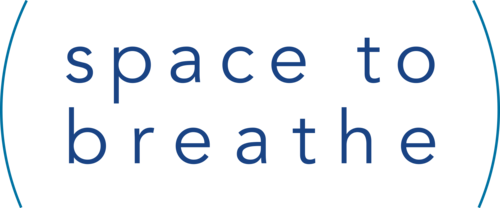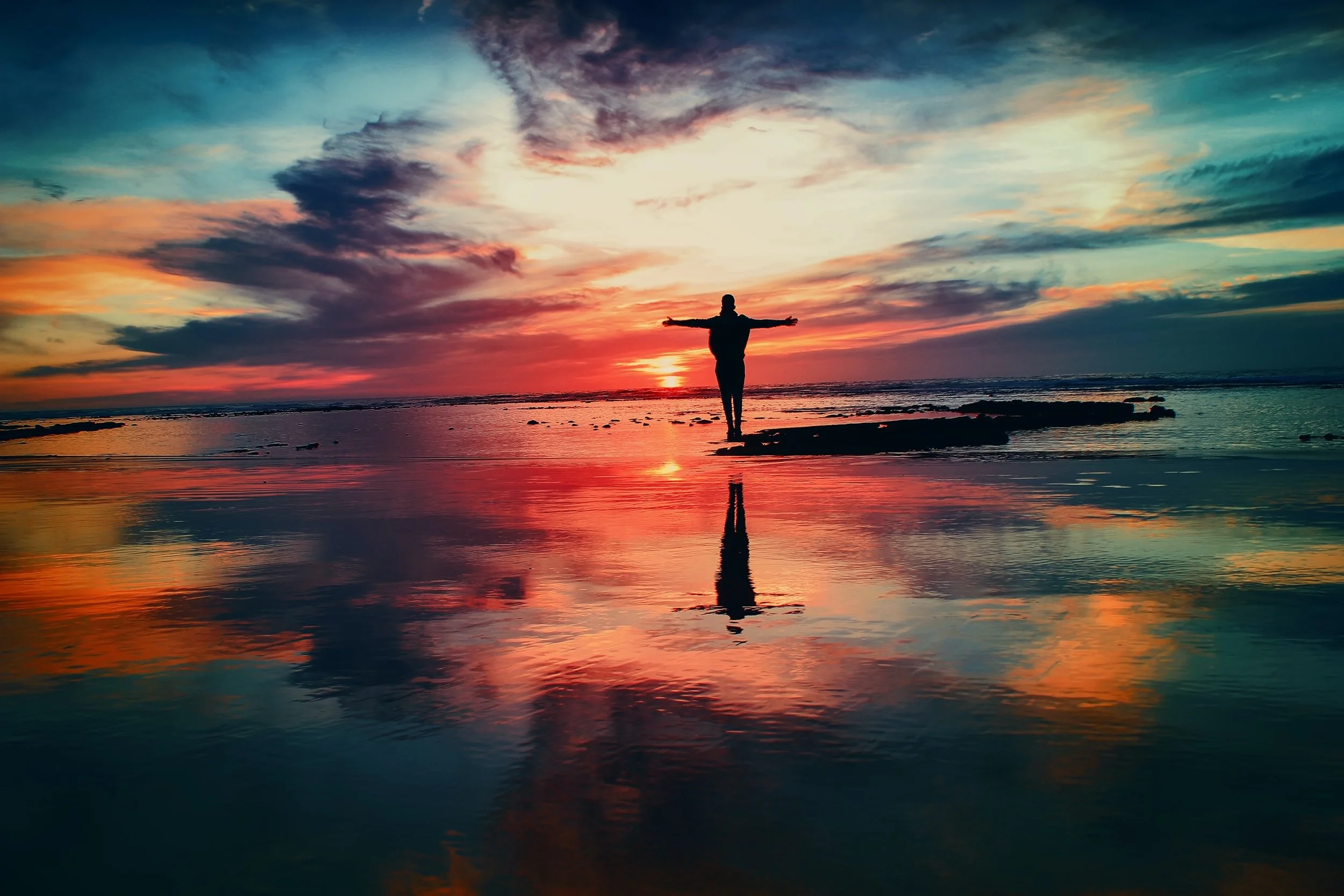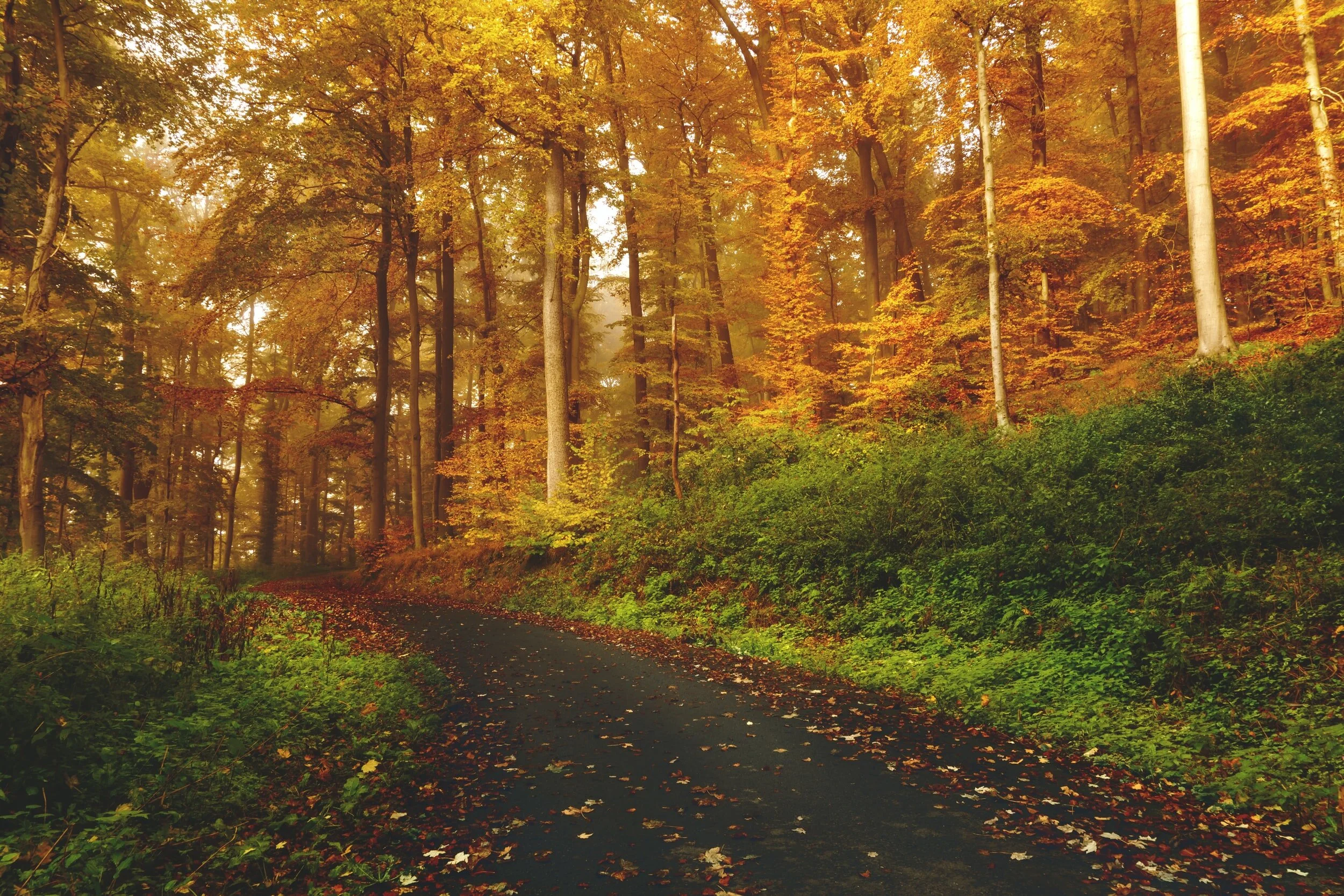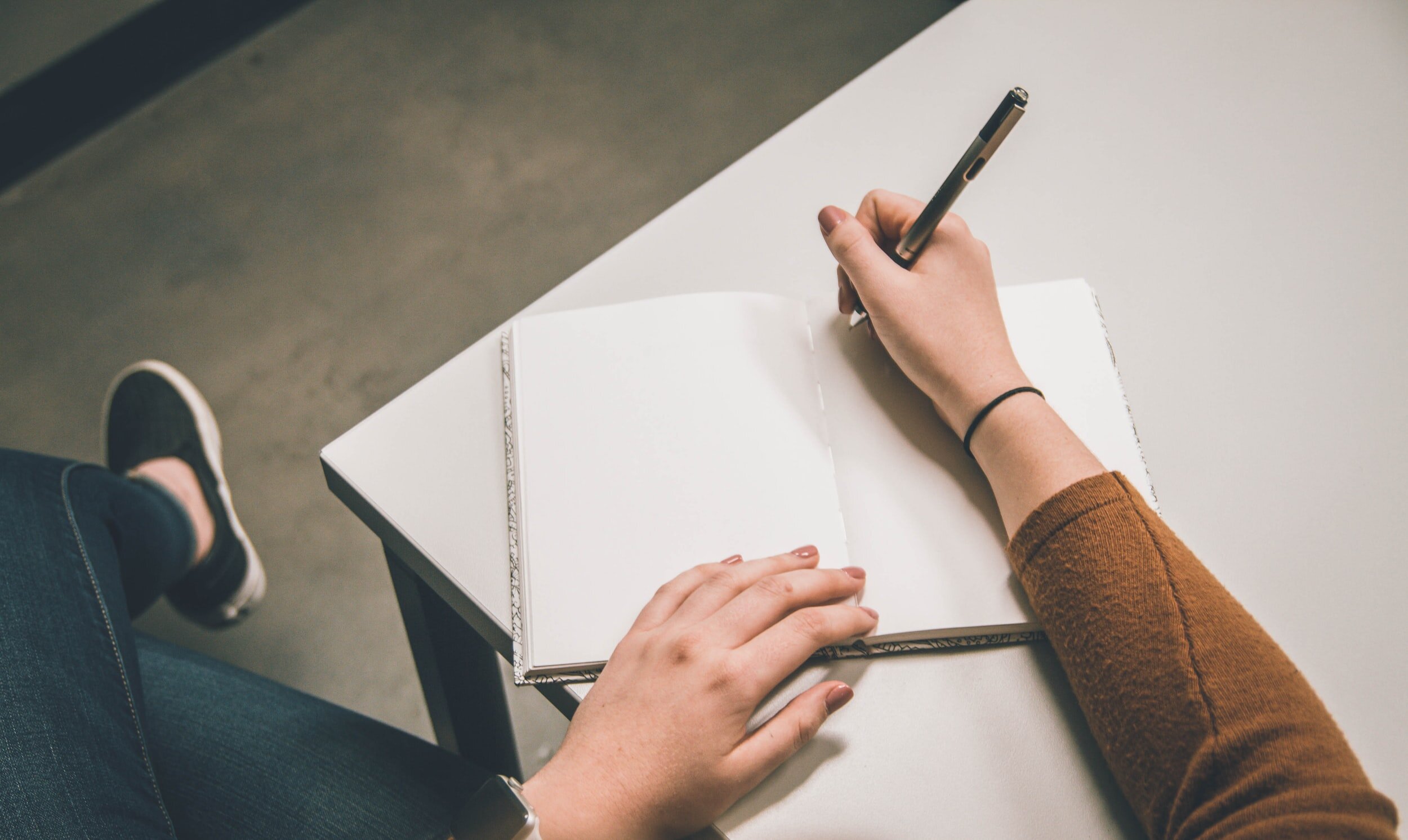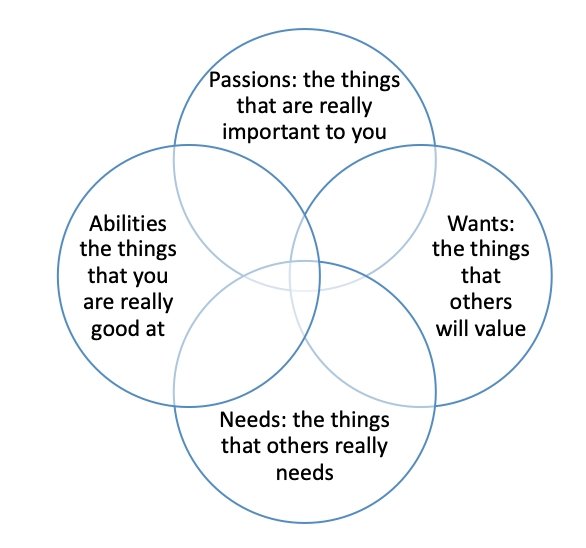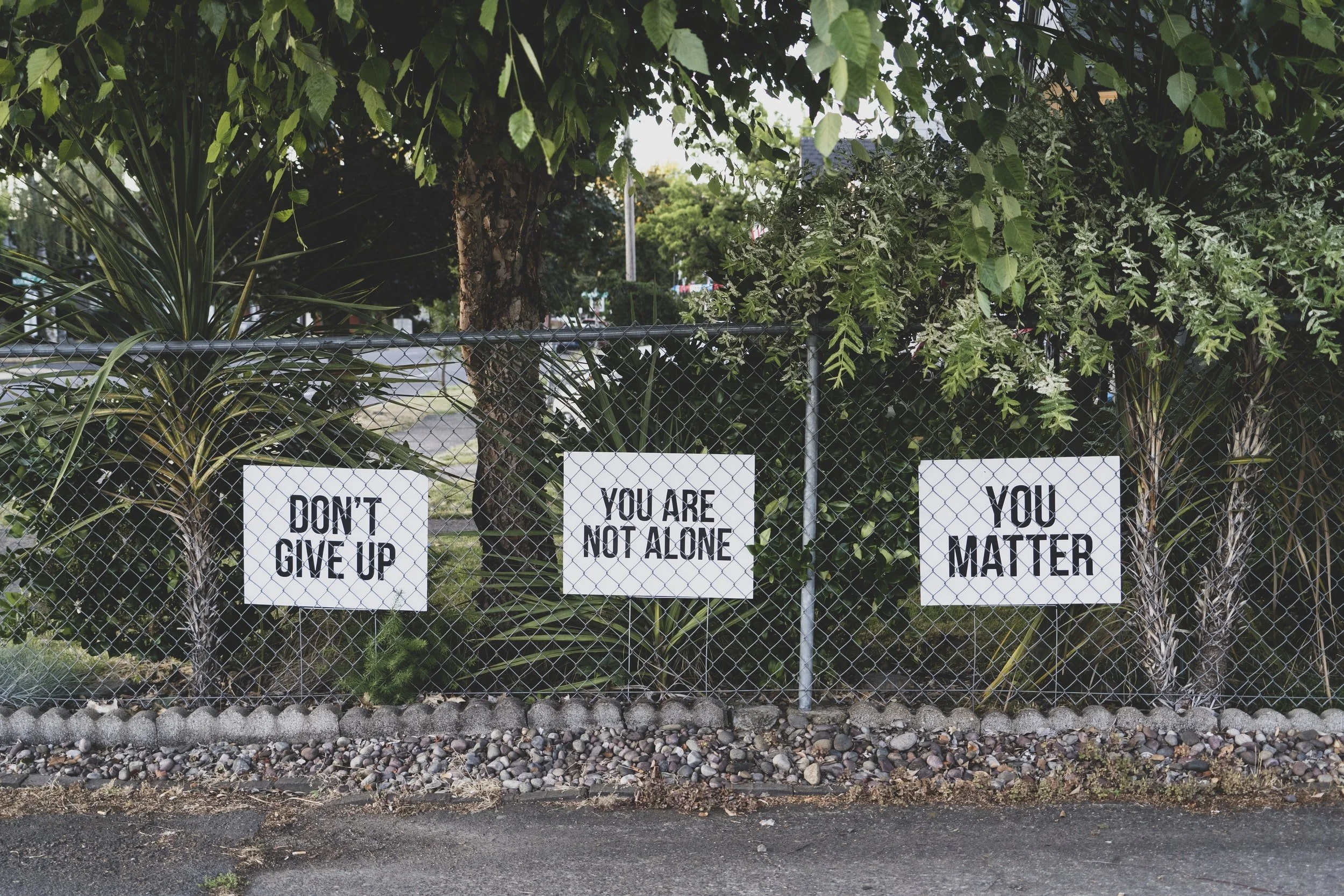“Keep on sowing the seeds. You never know which will grow - perhaps they all will”
Albert Einstein
As I write today, it’s cold, it’s dark, it’s wet and government restrictions say that I must stay at home. I’m constrained. I’m limited. There’s so much that I CAN’T do.
And so I was reminded of something in nature that has a similar experience, and I wondered if there was anything I could learn from that.
I was reminded of a simple seed. Seeds are planted into cold, dark, wet soil. Seeds are forced to ‘stay at home’ (or are at least hidden away, much like we are at the moment!) Yet seeds change, grow; they benefit from their time underground.
I wonder what we can learn from a humble seed about how to make the most of now, how to make the most of our time hidden away, how to benefit from this time rather than be a victim to it?
Below are some thoughts followed by some questions for you to consider. Chose one to focus on. Feel free to come back to the others at another time….
THOUGHT #1
A seed accepts it’s current limitations. It doesn’t give up. It doesn’t try act like a flower or a tree. It’s ok with being a seed. For now. Acceptance is important for our wellbeing. It’s important for us to accept what can and can’t be changed. It’s not easy, and often needs revisiting regularly, but can be liberating.
Consider:
I wonder what you can change?
I wonder what you can’t change?
I wonder what you need to accept just for now?
I wonder what one thing you can do?
I wonder what you need to give up just for now?
THOUGHT #2
A seed may accept it’s current limitations, but it isn’t complacent. It knows it has the potential to be something more and keeps pushing upward towards a bigger future. It’s DNA, it’s very make up, holds onto a vision of what it’s meant to be and this drives itself forward. It hopes for more, and has faith that it can be.
Having a vision of what we can be in the future is important. We might not know exactly what kind of world we’ll be living in in the future, but we can determine what kind of person we want to be in that world, once it gets moving again.
Consider:
I wonder what kind of person do you hope to be in the future?
I wonder what you’d like to be like?
I wonder what you want to be said about you?
I wonder what’s you think you’re ‘destined’ to be?
I wonder what one thing you might do today towards becoming that?
THOUGHT #3
A seed is underground, hidden away from the fresh air and sunlight. There are many resources unavailable to it at this time. But a seed takes full advantage of what it DOES have at this time. It absorbs all the nutrients the soil offers. It soaks up the moisture. It uses these things to it’s benefit. There maybe many things we don’t have right now, but what are the opportunities? More time with family? More time on your own? How could these benefit you? What things do you never get around to doing that will benefit your future self? Or maybe you have much less time as you juggle home schooling and work, but you do have more financial resources as a result of having less opportunities to spend. It will be different for us all.
Consider:
I wonder what DO you have more of right now?
I wonder how can you take advantage of that?
I wonder what are the gifts of this season?
I wonder what you can be thankful for this week?
THOUGHT #4
Finally, a seed trusts and gives itself to the process. As individuals we have to trust that the current limitations, our own potential and the things we DO have around us WILL help us to grow, if we allow them to. We also have to put our trust in those that know more than us to do their job well at this time; scientists, doctors, politicians. We need to trust others closer to us to support and encourage us, and we need to make ourselves available to support and encourage others.
Consider:
I wonder who you need to trust this week?
I wonder who you need to ask for help from this week?
I wonder who might need your help this week?
I wonder who you can support and encourage this week?
I wonder what positives (fruit) might come out of this season?
I wonder what you’ll look back and be thankful for in six months time? A years time?
